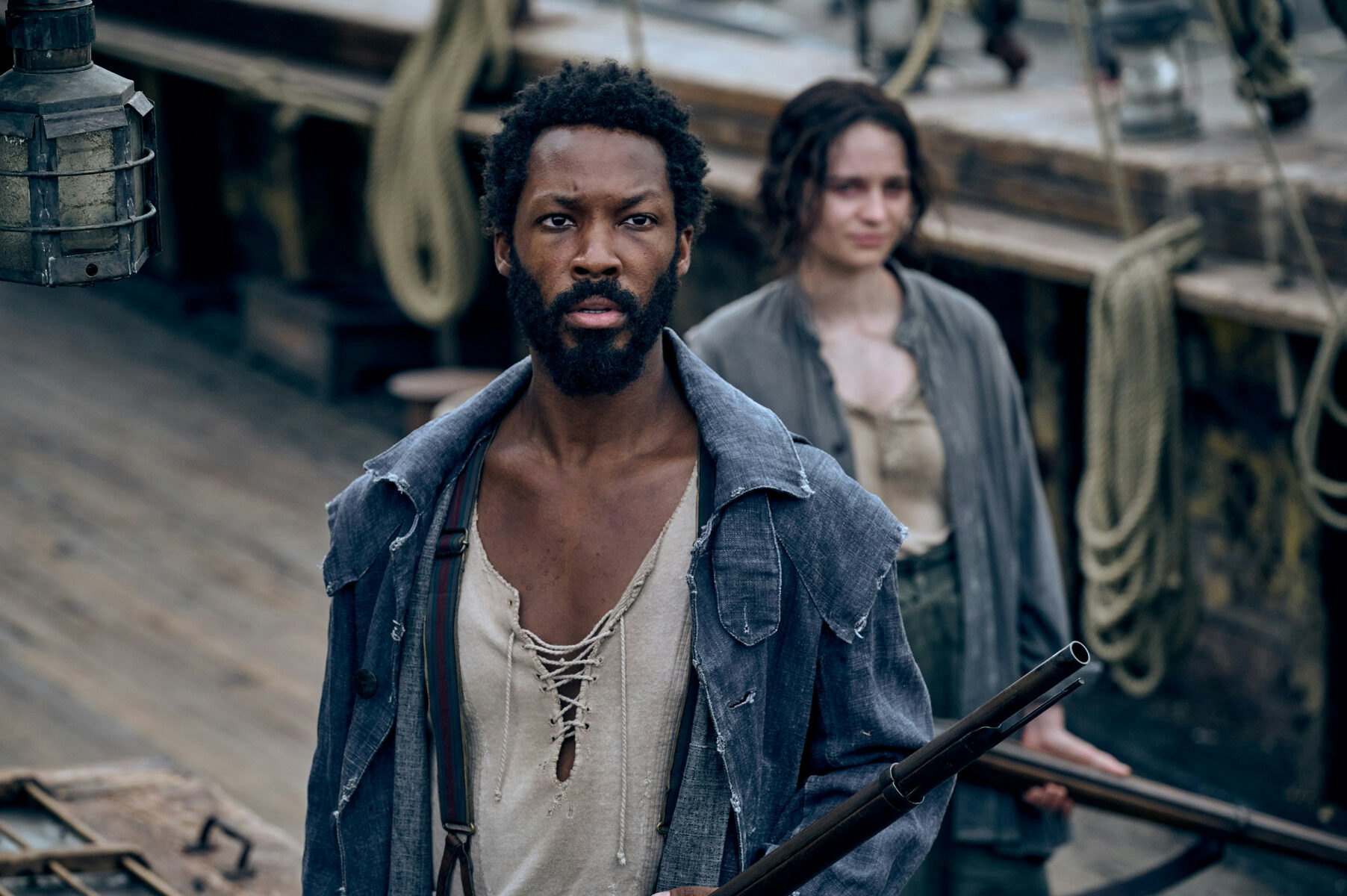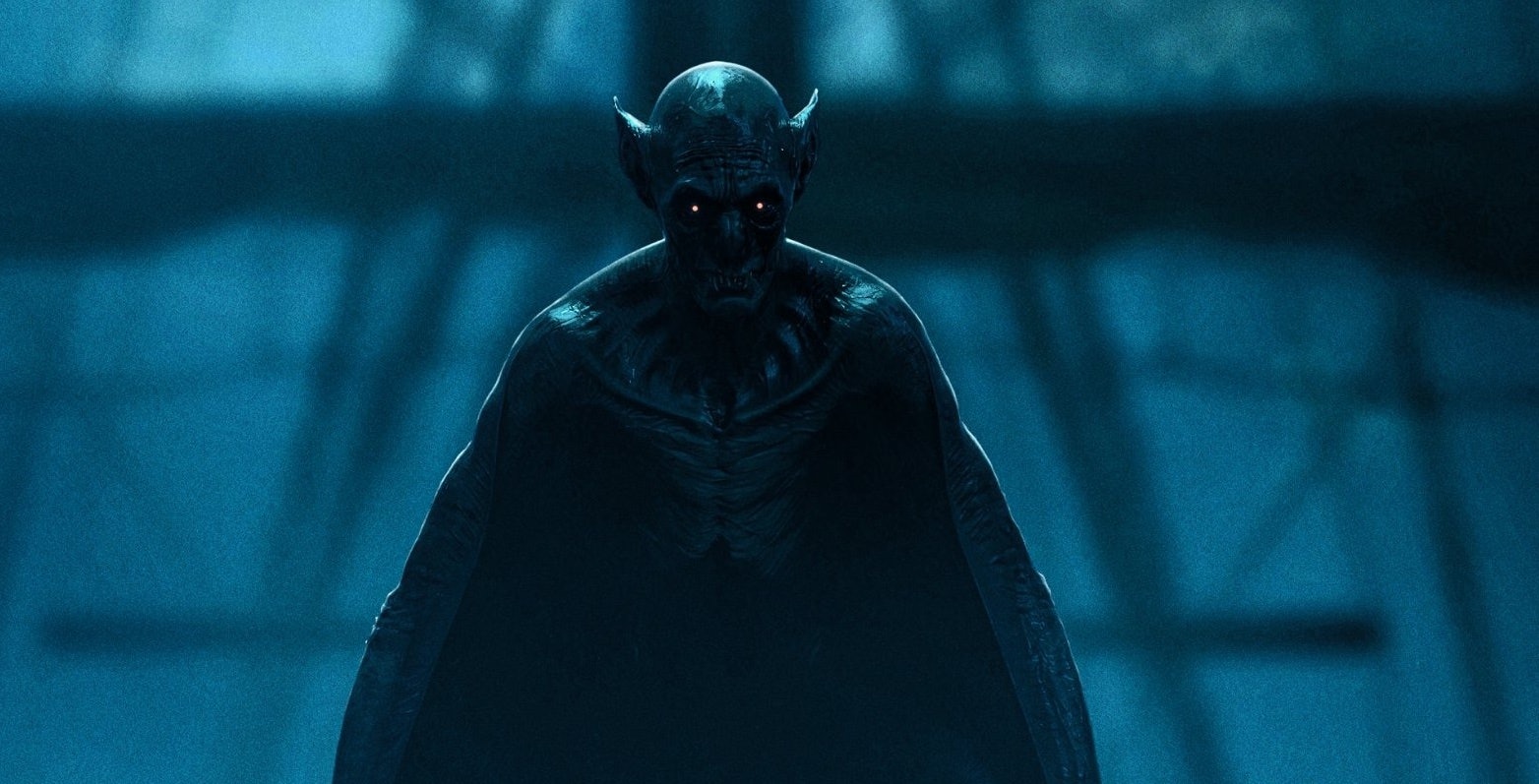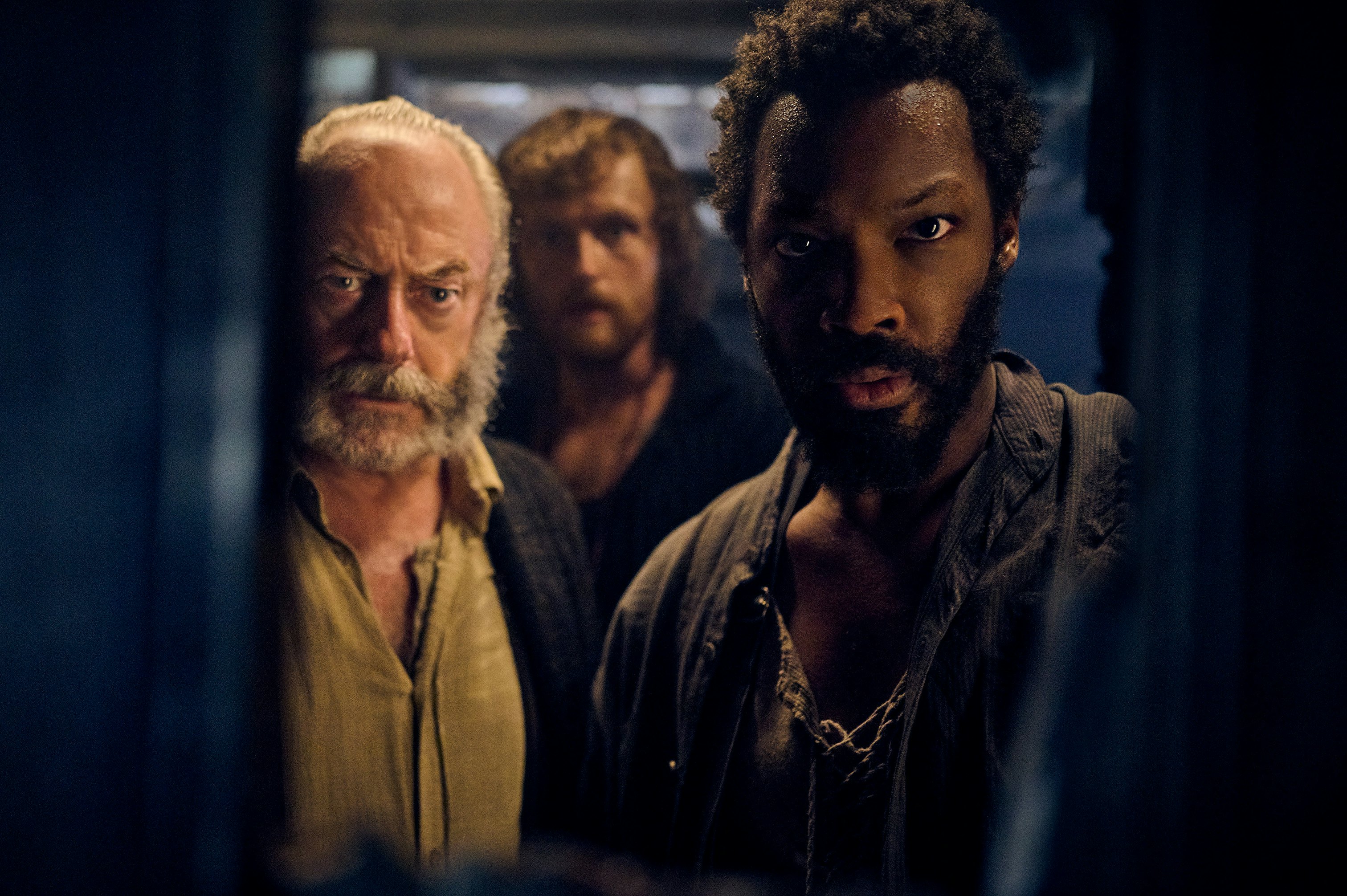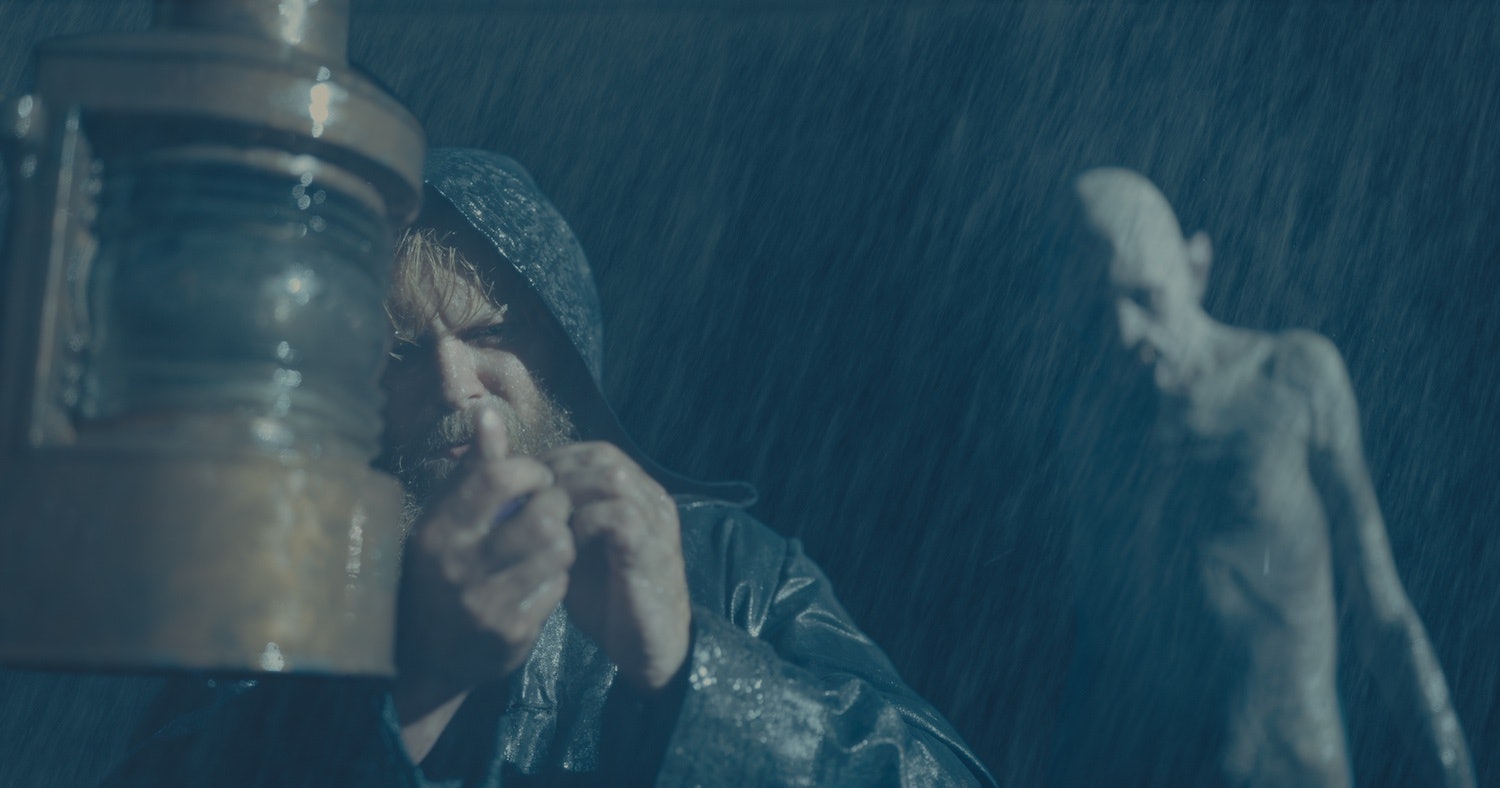
Perhaps the biggest hurdle for The Last Voyage of the Demeter is that it shows its hand before it even starts. Based on the seventh (and most mysterious) chapter of Bram Stoker’s Dracula, director André Øvredal’s new movie sets itself up nicely. A wrecked ship washes up on the shores of England, empty except for mutilated bodies and a captain’s log warning of a terrible evil that accompanied them. So what happened on that boat? Many horror fans have wondered, but no movie has provided an answer — until now.
It’s an intriguing premise, but what follows is exactly what you expect, and little else.
Most are familiar with the basic plot beats of Dracula. The vampire count travels from his home country of Transylvania to England, where he terrorizes a couple of young, aristocratic women until their loved ones must enlist the knowledgeable Dr. Van Helsing to destroy the blood-sucking monster. Last Voyage of the Demeter details that voyage from Transylvania to England, which plays out in the book like a chilling, unexplained incident that was all too typical of the times — this was, after all, the era of Jack the Ripper and mysterious Victorian era maladies.
There’s something Lovecraftian and dread-inducing about this chapter in Bram Stoker’s novel. The brief glimpses we get of a crew being picked off by a ruthless entity feed into this fierce terror of the unknown too awful to comprehend. But a Lovecraftian fear of the unknown is hard to adapt into a good horror movie, so Øvredal and screenwriters Bragi Schut and Jr. Zak Olkewicz opted for “Alien on a ship.”

The Last Voyage of the Demeter starts at the beginning of the end: with the doomed ship washing up on the shores of England amid a powerful rainstorm. The English naval officers who search the ship find a captain’s log that warns of some great evil on board they have now brought with them… Cut to four weeks earlier at a Transylvania port where Captain Elliot (Liam Cunningham) recruits three men for the Demeter’s voyage to London. Of the three that volunteer, only Doctor Clemens (Corey Hawkins) stays while the other two are frightened off by the dragon insignia on six wooden crates that are part of the ship’s cargo.
Unphased by this strange event, the crew sets sail with a brisk pace that could allow them to make landfall early, earning them a bonus promised by their charter. It’s the promise of this bonus that drives the crew to push on, even as ominous and increasingly violent events start to occur. First, they discover a dying woman (Aisling Franciosi) in the cargo hold after one of the crates breaks open. As Clemens nurses the woman to health, something appears to stalk the ship, slaughtering the livestock and the beloved dog of Captain Elliot’s grandson Toby (Woody Norman, bringing the same precocious charm he showed in C’mon C’mon). Finally, this bloodthirsty entity starts to pick off the crew, turning a handful of them into brainless monsters that attack the rest.

Øvredal, whose films Autopsy of Jane Doe and Scary Stories to Tell in the Dark teased a promising horror auteur with a talent for moody thrills and striking imagery, ups the atmosphere in Last Voyage of the Demeter. The dread sets in with every creak in the old wooden ship, in every echoing knock in its walls, and in the mist perpetually settled across the water at night. But it’s clear that Øvredal relishes most in delivering the shocks of R-rated gore. Last Voyage of the Demeter has some admirably gory scenes, including one particularly horrifying one where a trapped victim’s eye darts wildly while Dracula feasts on his flesh.
This Dracula (Javier Botet, whose unique physicality stemming from a rare genetic condition is a truly inspired choice) is less sinister gentleman than feral beast, a creature that stalks his prey and rips their throats open with his teeth. Clearly inspired by the Nosferatu design, Dracula is a full-fledged monster in Last Voyage of the Demeter — a bony, ghostly white, inhuman beast whose pale-eyed stare invokes the stuff of nightmares. It’s clear that Øvredal thinks the same, getting all the mileage he can get out of the genuinely scary monster design within the first hour of the film.

Once we’ve reached the halfway point, and the crew has realized their fate, Last Voyage of the Demeter begins to lose its momentum. The characters keep circling the same dilemmas and keep coming up with the same fruitless solutions. (There are at least two separate instances where the captain orders them to search the whole ship.) Øvredal keeps the tension up by throwing in a few shockingly dark choices and several buckets of blood and viscera, but it feels like this ghost ship is already filled with ghosts.
The energy, at least, doesn’t wane within the key cast. While Hawkins is a likable but somewhat generic protagonist, and Franciosi is excellent at playing another traumatized rifle-wielding woman, it’s David Dastmalchian who delivers the standout performance as the incredulous first mate Wojchek. Donning facial hair and a thick Eastern European accent that makes him virtually unrecognizable, Dastmalchian is hard-edged, desperate, but ultimately sympathetic in a way that elevates him above the character archetypes that populate the rest of the cast. One actor who feels slightly misused, though, is Cunningham, whose somber gravitas gives the film weight. However, despite the occasional narrative punctuation of his captain’s logs and the loving relationship with his grandson, Demeter like it missed an opportunity to make him the protagonist instead of Hawkins.
Last Voyage of the Demeter is, essentially, a brilliant short story stretched too far. Compared to other contemporary blockbusters’ bloated runtimes, Demeter barely brushes up against two hours, and yet it is left adrift in mood and atmosphere, without much momentum to keep it going. Despite the genuine thrills and throat-ripping gore, Last Voyage of the Demeter fails to drum up something more exciting than what was already on the page.







